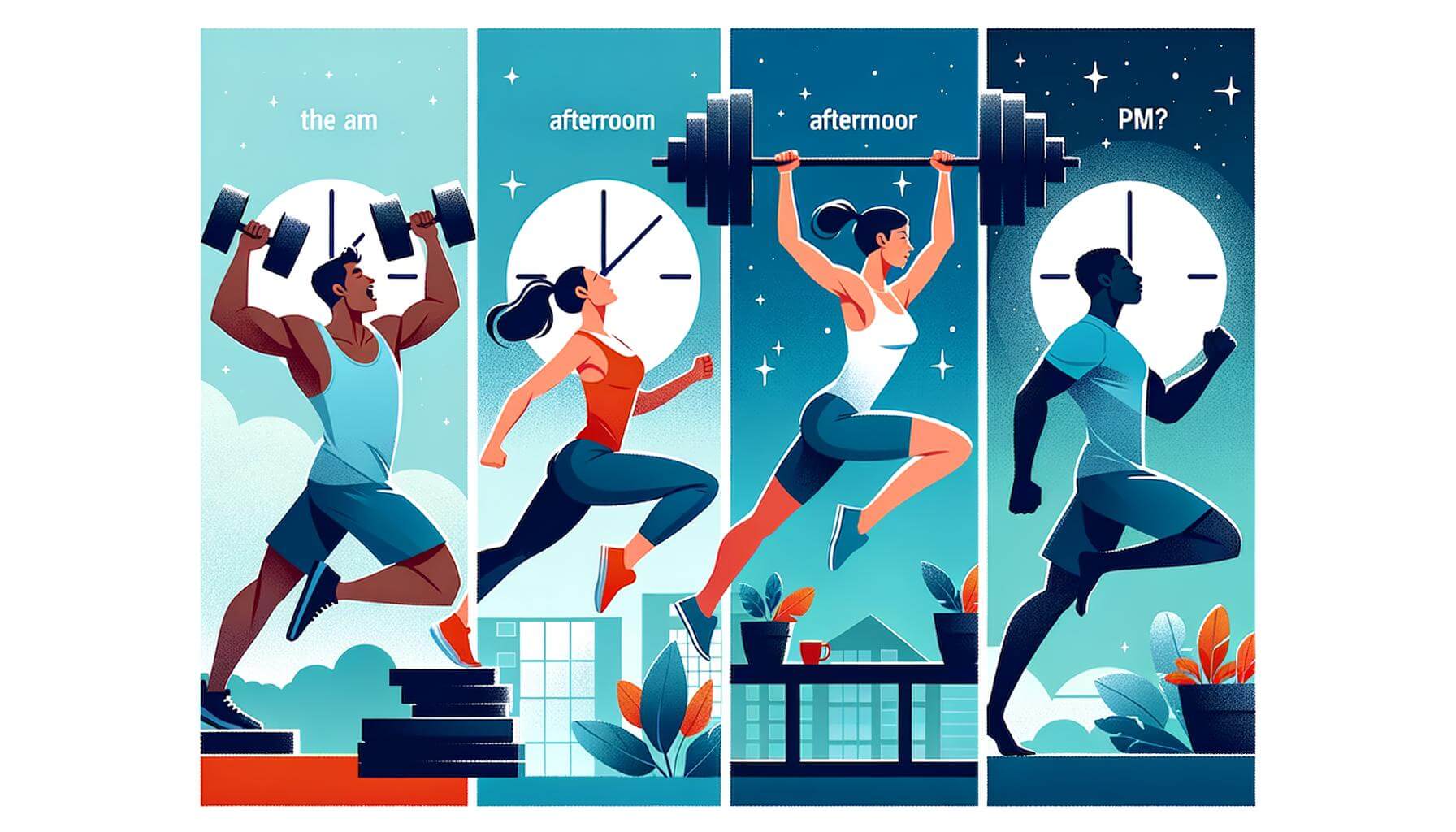
Cardiovascular Fitness Routines for Seniors
As we age, it’s important to continue to prioritize cardiovascular fitness in order to maintain a healthy and active lifestyle. Cardiovascular exercise not only benefits the heart and lungs, but also helps to improve overall health, reduce the risk of chronic disease, and enhance quality of life for seniors. In this article, we will explore the best cardiovascular fitness routines for seniors that are safe, effective, and enjoyable.
Benefits of Cardiovascular Fitness for Seniors
Before delving into specific exercise routines, let’s first discuss the numerous benefits of cardiovascular fitness for seniors. Engaging in regular cardiovascular exercise can help to:
- Improve cardiovascular health and circulation
- Enhance lung function and capacity
- Lower blood pressure and cholesterol levels
- Reduce the risk of heart disease, stroke, and diabetes
- Boost overall energy levels and vitality
- Improve mood and mental well-being
- Maintain a healthy weight and body composition
- Enhance mobility, balance, and coordination
- Increase longevity and independence
With these benefits in mind, it’s clear that cardiovascular fitness should be a top priority for seniors looking to maintain their health and well-being as they age.
Safe and Effective Cardiovascular Routines for Seniors
When it comes to designing cardiovascular fitness routines for seniors, it’s important to focus on exercises that are low-impact, joint-friendly, and adaptable to individual fitness levels. Here are some safe and effective cardiovascular routines specifically tailored for seniors:
Walking
Walking is one of the most accessible and beneficial forms of cardiovascular exercise for seniors. It’s low-impact, easy on the joints, and can be done just about anywhere. Aim to walk for at least 30 minutes a day, aiming for a brisk pace to elevate your heart rate and challenge your cardiovascular system. If outdoor walking isn’t feasible, consider using a treadmill or walking indoors at a shopping mall or community center.
Swimming
Swimming and water aerobics are excellent cardiovascular routines for seniors, as the buoyancy of the water reduces impact on the joints while still providing a full-body workout. Swimming laps, participating in aqua aerobics classes, or simply moving in the water can improve cardiovascular endurance, strength, and flexibility.
Cycling
Cycling, whether it’s on a stationary bike or outdoors, is a great way for seniors to get their heart pumping and improve cardiovascular fitness. Cycling is gentle on the joints and can be easily modified to accommodate varying fitness levels. Consider exploring local bike paths, joining a spinning class, or investing in a recumbent bike for added comfort.
Chair Exercises
For seniors with limited mobility or balance issues, chair exercises can provide an effective cardiovascular workout while remaining seated. Simple movements such as marching in place, arm circles, and seated leg lifts can increase heart rate and circulation without putting stress on the joints.
Dance
Dance-based fitness routines, such as Zumba or ballroom dancing, offer a fun and social way for seniors to boost their cardiovascular fitness. Dancing can improve coordination, balance, and flexibility while providing a full-body workout. Look for senior-friendly dance classes in your community or follow along with dance workout videos at home.
Tai Chi and Yoga
While not traditional cardiovascular exercises, tai chi and yoga can still benefit cardiovascular health through stress reduction, breath awareness, and gentle movement. Both practices promote relaxation, flexibility, and balance, which are important aspects of overall cardiovascular fitness for seniors.
Tips for Safe and Effective Cardiovascular Workouts
Regardless of the specific routines chosen, there are essential tips that seniors should keep in mind to ensure safe and effective cardiovascular workouts:
Consult with a Healthcare Provider
Before starting a new exercise program, it’s crucial for seniors to consult with their healthcare provider, especially if they have existing health conditions or concerns. A doctor can offer guidance on the most suitable cardiovascular exercises and any necessary modifications.
Warm Up and Cool Down
Always begin cardiovascular workouts with a brief warm-up period, such as gentle stretching or walking, to prepare the body for exercise. Likewise, conclude workouts with a cool-down period and stretches to gradually lower heart rate and prevent muscle soreness.
Stay Hydrated
Proper hydration is essential for seniors engaging in cardiovascular exercise. Drink water before, during, and after workouts to stay adequately hydrated and support optimal performance.
Listen to Your Body
Seniors should pay attention to how their body feels during exercise and adjust intensity or duration as needed. It’s important to avoid overexertion and seek guidance from a fitness professional when unsure.
Consistency is Key
To experience the full benefits of cardiovascular exercise, seniors should aim for consistent workouts, ideally incorporating at least 150 minutes of moderate-intensity aerobic activity per week, as recommended by the American College of Sports Medicine.
Use Technology to Track Progress
For seniors looking to monitor and track their cardiovascular fitness progress, utilizing a fitness app such as SuperBody can be incredibly beneficial. SuperBody offers features such as exercise tracking, workout plans, and a comprehensive library of exercises, making it easier for seniors to stay motivated and accountable in their fitness journey.
In conclusion, cardiovascular fitness routines for seniors encompass a variety of low-impact, adaptable exercises that can significantly improve heart health, overall fitness, and quality of life. By incorporating safe and effective cardiovascular workouts into their routine, seniors can enjoy the numerous physical and mental benefits that come with staying active and healthy. Whether it’s walking, swimming, cycling, or engaging in dance-based fitness, there are plenty of options for seniors to boost their cardiovascular endurance and maintain a vibrant, active lifestyle. Remember to consult with a healthcare provider, prioritize consistency, and use available tools like the SuperBody app to support your cardiovascular fitness journey. With dedication and the right approach, seniors can continue to thrive and experience the joys of fitness and wellness well into their golden years.
